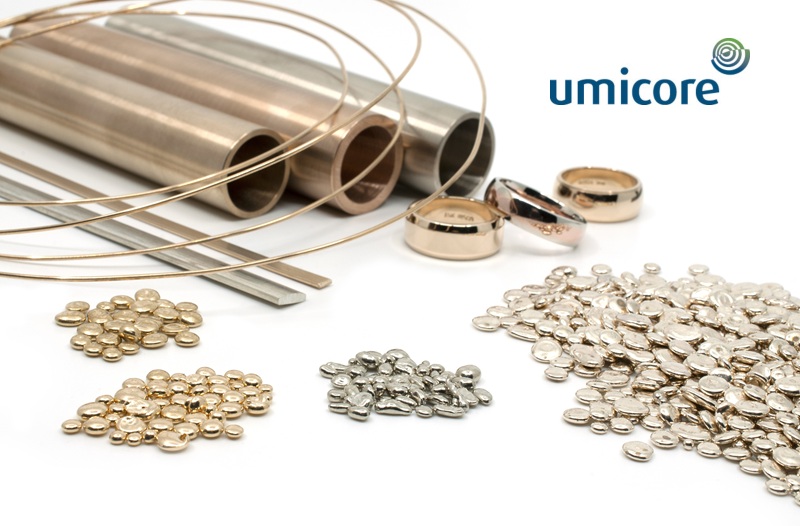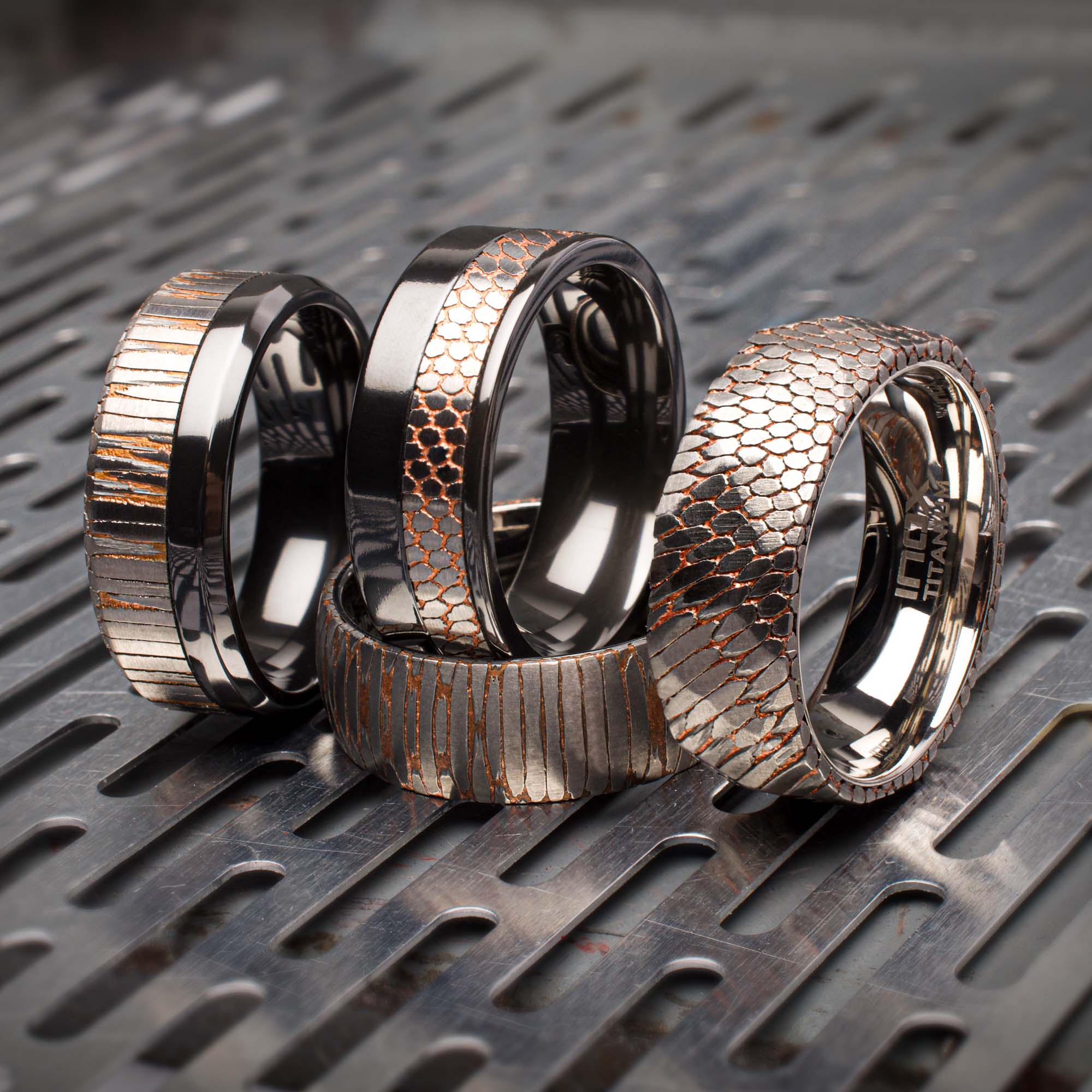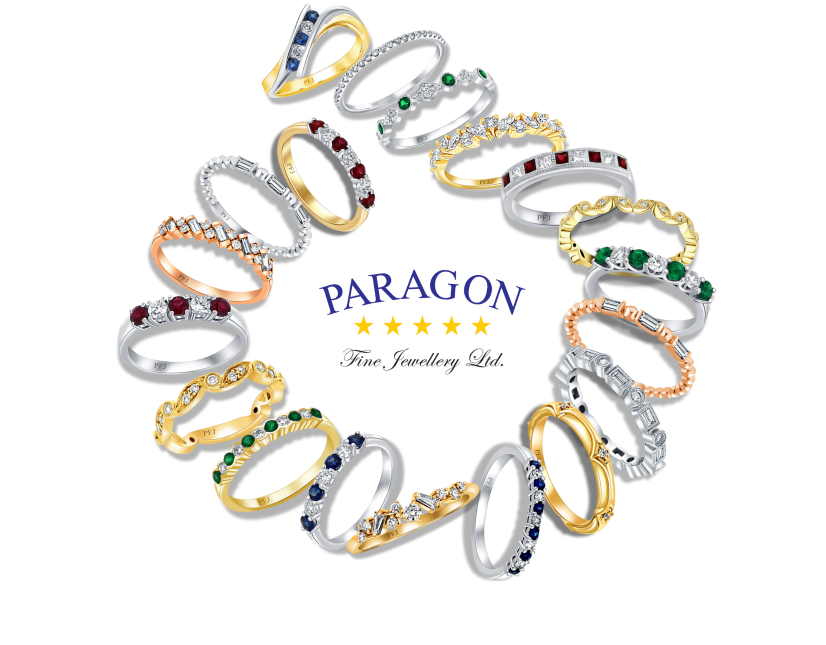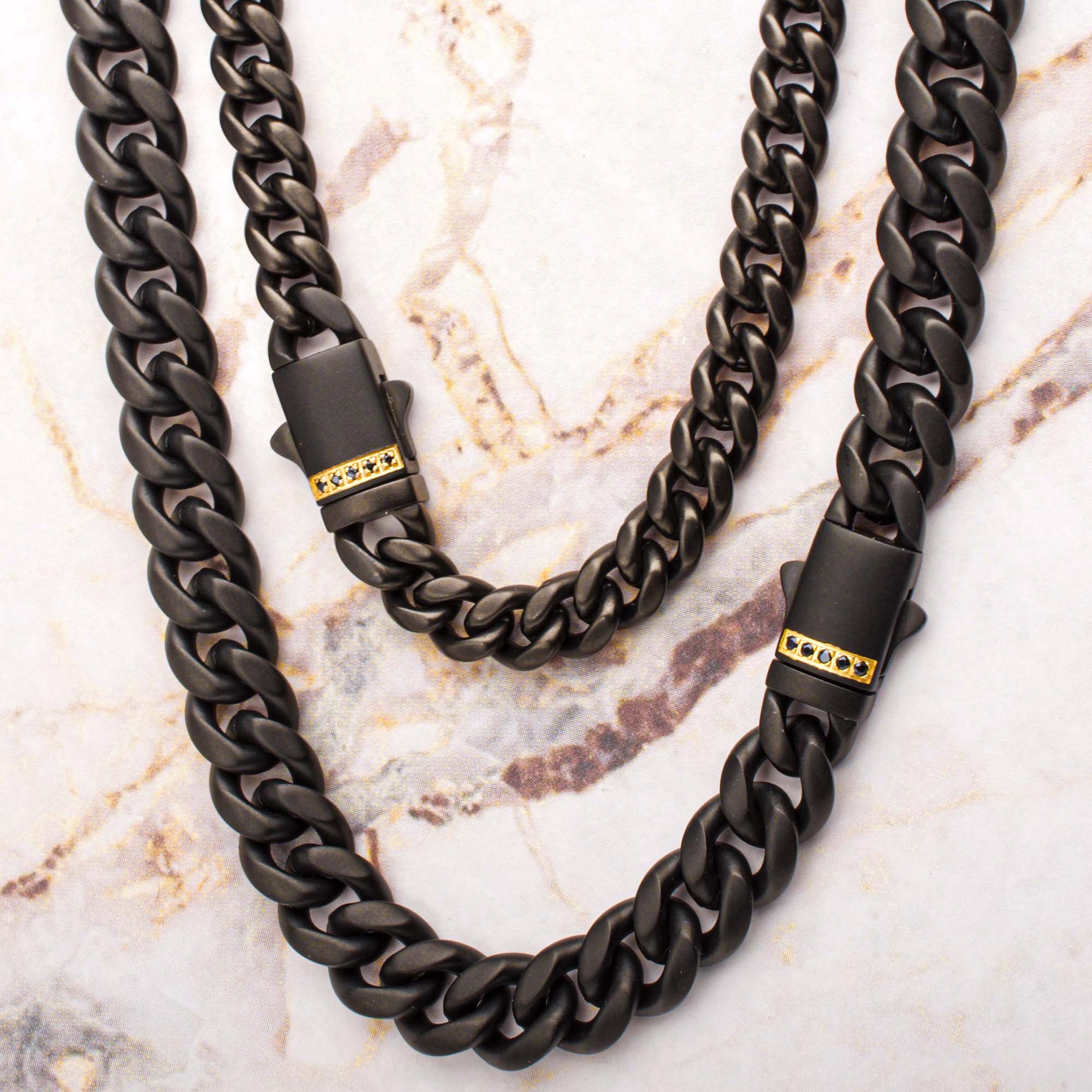Speak up: Finding your voice as a designer in the world of CAD
Moving on
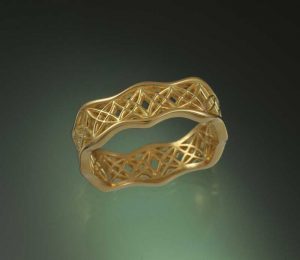
In Zen Buddhism, Shoshin is described simply as the ‘beginner’s mind.’ Watch any two-year-old and you will see one in action. At that stage of life, using a beginner’s mind comes pretty easy, since that is nearly all one has to experience the world. The toddler’s approach to learning is not much imposed upon by prior experience. Conversely, later in life, when we have deep experience in something—anything really—we tend to bring expectations of mastery and a set of paradigms that can constrict our further learning. Applying the beginner’s mind to the new tools in our design process may be helpful as we move away from the idea of, “Now that we can do this, we should.”
Stephen Covey, the author of The 7 Habits of Highly Effective People, has a quick and effective way of looking at the topic of finding a voice. He maintains the following:
“Voice is the overlapping of the four parts of our nature: our body, our mind, our heart, and our spirit, and poses four questions:
1) What are you good at? That’s your mind.
2) What do you love doing? That’s your heart.
3) What need can you serve? That’s the body.
4) And finally, what is life asking of you? What gives your life meaning and purpose? What do you feel like you should be doing? In short, what is your conscience directing you to do? That is your spirit.”
Covey goes on to say that “people are internally motivated by their own four needs: to live, to love, to learn, and to leave a legacy. And when they overlap, you have voice—your calling, your soul’s code.”
This seems particularly suited to makers as stated, though with modification could also be applied to those who simply seek to express their voice through the jewellery they wear. It might go something like this:
1) What do you look good in?
2) What are you attracted to?
3) How does what you wear speak to your ethics?
4) And finally, how does wearing a certain thing make you feel?
A blog post by Leo Babauta on a site called Zen Habits has wonderful tidbits for writers and again, it may be suitable to apply his wisdom to both making and wearing jewellery. His advice is to find what feels true and to write a lot of it. Most of it may not be very useful to you, but you need to do this if you want to recognize the truth—by feel, as he puts it—not by any logical criteria.
My take on this for makers is simply to make many things, something I have coached my students about continuously. For it is in the making that you will find yourself over the years.


